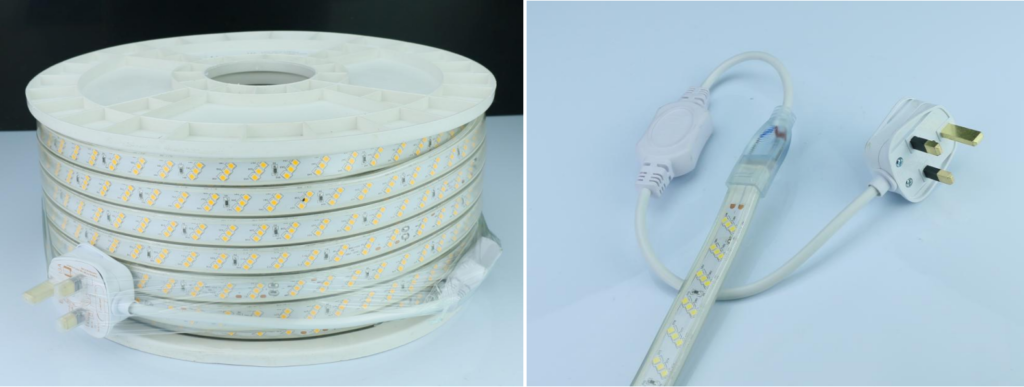In the application of high voltage LED strip lights, how does the bridge rectifier ensure stable performance and extend the lifespan?
A bridge rectifier converts alternating current (AC) into direct current (DC), providing stable power for high voltage LED strip lights. It not only enhances the brightness and efficiency of the strips but also extends their lifespan, making it an essential component in modern lighting systems.
Understanding how a bridge rectifier works and its importance in high voltage LED strip lights can help designers and engineers optimize lighting solutions to meet various application needs.
What is a Bridge Rectifier?
A bridge rectifier is an electronic circuit used to convert AC into DC. It consists of four diodes arranged in a bridge configuration, effectively smoothing out the output current for LED strips and supplying the required DC power. The operation involves two diodes conducting during each half-cycle of the AC input, ensuring a continuous flow of current.
Why Use a Bridge Rectifier in High Voltage LED Strip Lights?
Using a bridge rectifier significantly enhances the efficiency and brightness of high voltage LED strip lights. These lights require a stable current supply, and the bridge rectifier prevents current fluctuations, ensuring consistent light output and longevity. Given the sensitivity of LED strips to current variations, any fluctuations can lead to flickering or reduced brightness. The bridge rectifier addresses this issue, allowing LED strips to maintain optimal performance in various environments.

Advantages and Disadvantages of Bridge Rectifiers
Advantages:
Bridge rectifiers enhance LED strip performance while helping to reduce energy consumption and maintenance costs. By lowering heat generation, they minimize failure rates and improve overall reliability. Capable of handling high voltages while maintaining low energy loss, bridge rectifiers are particularly valuable in industrial and commercial lighting applications.
Disadvantages:
Despite their many benefits, bridge rectifiers have drawbacks. They can introduce power loss during rectification, leading to reduced efficiency. Additionally, they require more installation space, potentially increasing the size of the system. If improperly used, bridge rectifiers may also cause current fluctuations that affect LED stability. Lastly, their higher cost might impact budget considerations for smaller projects.
Common Issues and Solutions:
One of the most common issues with bridge rectifiers is overheating, which can lead to reduced lifespan. Ensuring adequate heat dissipation and using components rated for the expected load can mitigate this risk. Additionally, selecting high-quality rectifiers and ensuring proper installation can significantly improve performance and reliability.
Conclusion
Bridge rectifiers play a crucial role in high voltage LED strip lights by providing stable power and enhancing efficiency. Understanding their advantages and potential drawbacks can help in making informed decisions for modern lighting solutions.






